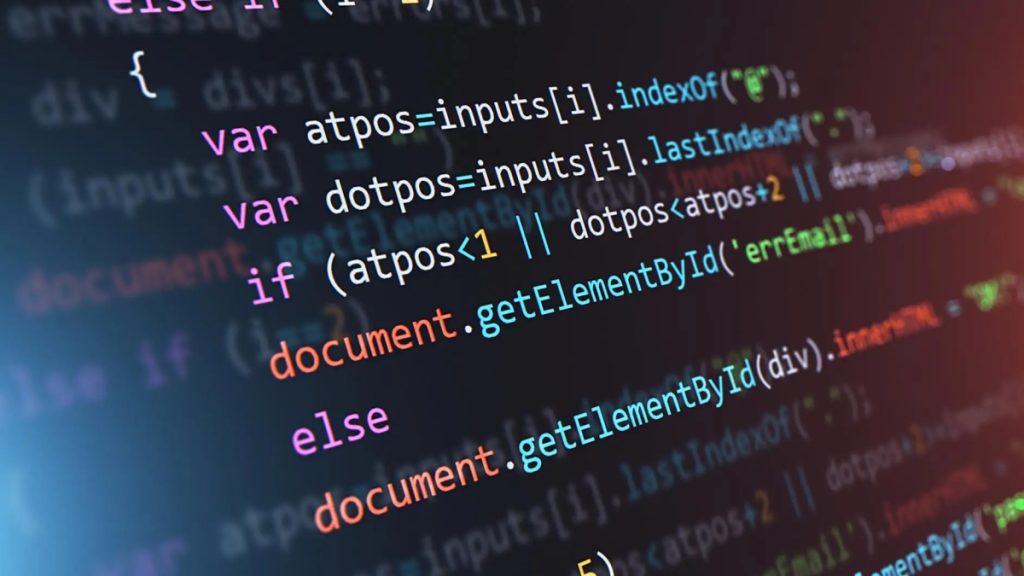The Difference Between Web Development Frontend and Backend
Contents
Web development, in contrast to UI UX Design, is primarily related to coding and ensuring if a website works properly. Essentially it must ensure usability of websites and apps. There are two different types of web development — frontend and backend. Frontend development is a type of computer programming that is related to coding and creating website features and aspects that users will see. Making sure a website’s visual components are of practical usage is the goal. By bringing the website’s visual designs from UX and UI designers to life, web developers ensure that it works properly for users. A static website, or one with set content that is delivered to a user’s browser exactly as it is stored, is one of the various ways you could apply frontend abilities. The portion of a website that visitors cannot view is the subject of backend development. The “server-side” of a website is another term for the backend. A server, which is essentially a remote computer, manages databases. Users will indirectly connect with things these developers work on through a front-end application, even though they do not directly interact with the back end of a website. Backend web development services are deal with organizing and storing data while also making sure the frontend is working properly.
Reasons to Choose Python for Backend Web Development
One of the most popular programming languages is Python. But what are the reasons to use Python for backend web development? The backend web development basics of Python are seen to be simple to learn, especially if you have prior programming experience. It has a fairly low entry barrier. Therefore, by building and creating tasks, anyone can learn. For building basic programs and scripts, beginners already have everything they need. Because of its consistent syntax, Python is a structured programming language that is very readable. Python code is more simple to learn and subsequently maintain because of its consistent and uniform appearance. Developers can maintain and grow their code base by more quickly browsing the code they or other developers have written as a result. Code review also takes less time as a result. To create and evaluate security technologies, Python scripts are widely utilized. Additionally, it is a great programming language for cybersecurity, digital forensics, and penetration testing applications. Python may be used to complete a variety of security-related activities, including malware analysis, network monitoring, web scraping, and port scanning. Machine learning works quite well with Python. Python has proven to be a fantastic back-end language for such an area of ML as speech and face recognition, which has recently changed the app development business. Writing face and voice recognition algorithms can benefit greatly from Python’s vast collection of modules and frameworks. These tools make it possible to create dependable, user-friendly systems that perform admirably. Python also supports modeling in a 3D environment due to its expanding scripting capabilities. It may be used to write code that creates intricate geometric structures in three dimensions that are responsive to changes in attractor geometry and input parameters. Python is currently employed in game development due to these same characteristics. Python is regarded as one of the greatest programming languages for startups since it enables the creation of straightforward and understandable apps. In addition, it is adaptable and simple to scale, so there is always an opportunity for change, such as going from a simple project like a prototype or MVP to a fully developed, complicated software. Python is a powerful backend web development language that many well-known firms use and trust, it ensures effectiveness, security, scalability, and the majority of the qualitative factors relevant to contemporary apps and sites.
Top-3 Backend Languages for Web Development
- A seasoned player in the field of backend web development is PHP (also known as Hypertext Preprocessor). This free server-side scripting language is used exclusively for creating websites. It may be used with practically all popular operating systems, including Windows, Linux, macOS, and others. Speaking of PHP’s enriching qualities, there are several, including its simplicity, cross-platform compatibility, OOPs capabilities, and support for numerous common databases like MySQL. In addition, PHP is extremely secure as a server-side scripting language because it has many hash algorithms built-in for encrypting user data.
- Another excellent backend language for web development is Java. Along with desktop applications, scientific applications, and other types of applications, this object-oriented programming language is frequently used to create enterprise-scale web applications. The main benefit of utilizing Java – adheres to the Write Once, Run Anywhere (WORA) principle. This means Java code has already been compiled to be run on any platform that supports Java without the need for further compilation.
- Programming paradigms including procedural, functional, and object-oriented programming are all supported by the general-purpose, interpreted language Ruby. Since it is considerably simpler to learn, the language is commonly used for web development worldwide and is highly recommended to beginners looking to start with backend web programming. Similar to Python, Ruby focuses on boosting developer productivity, which ultimately speeds up the web development process. Some of the notable features that come with Ruby include dynamic typing and duck typing, automatic garbage collection, a large standard library, custom dispatch behavior, flexibility and scalability, centralized package management with RubyGems, etc.

